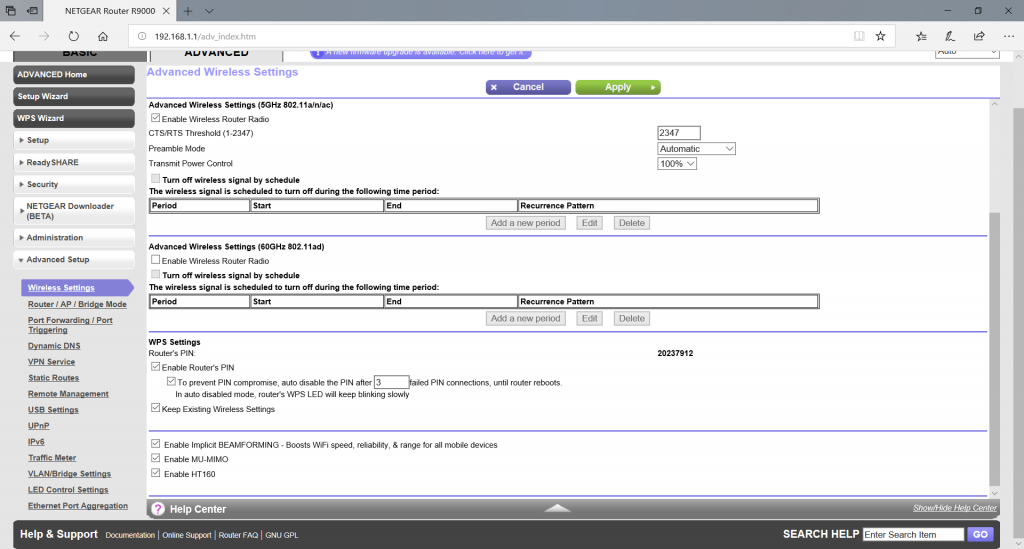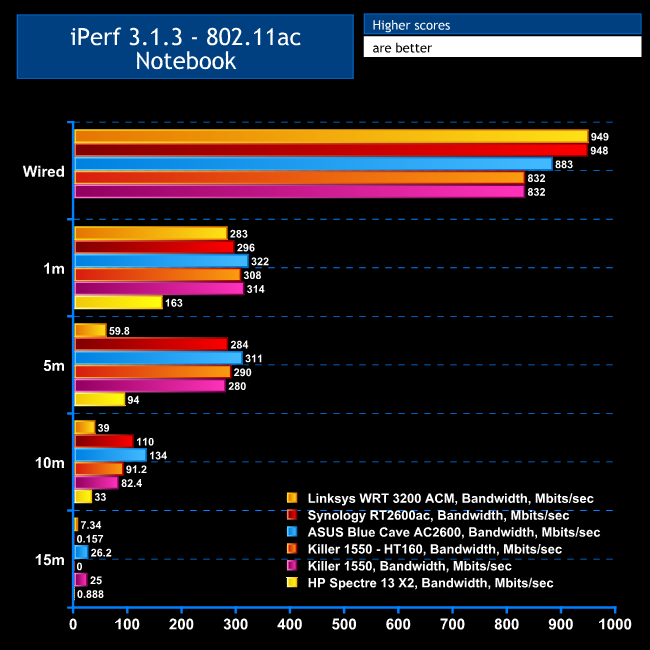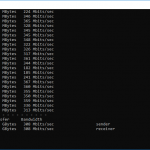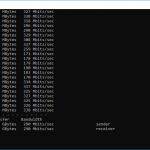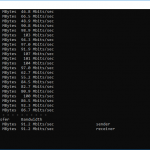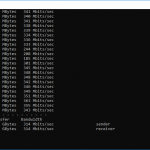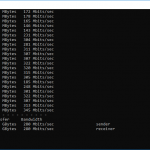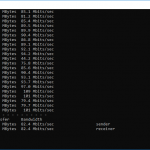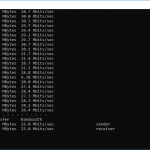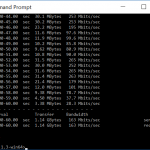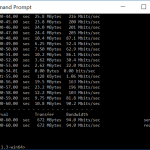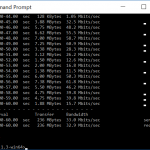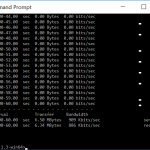We tested the performance of Rivet Networks Killer Wireless-AC 1550 exclusively with 802.11ac, because there wasn't much point assessing 802.11n when the key feature was how fast it could operate at 5GHz.
For the throughput test we used the open-source iPerf 3.1.3 software. Three Windows systems were called upon, including the PC Specialist Octane V. An Armari AMD Threadripper workstation running Windows 10 was employed as the iPerf server and an HP Spectre 13 X2 provided a baseline comparision, as this also has a 2×2 antenna configuration but using a non-Killer WiFi chipset and without 160MHz support. The HP notebook was also used for all the comparative tests with other routers.
For all tests, the workstation was connected to one of the router's Gigabit Ethernet ports, and the notebooks via WiFi connections. The notebooks were then placed in four different locations – within 1m of the router, approximately 5m away with a wall in between, 10m away and on a lower floor (with multiple walls and a floor in between), and then 15m away on a lower floor.
With each distance, we took 60 readings of throughput at one second intervals and calculated the average (iPerf does this automatically). For these tests, we are also comparing the Killer’s performance with past results from the Linksys WRT 3200 ACM, Synology RT2600ac, and ASUS Blue Cave AC2600.
We configured the NETGEAR Nighthawk X10 R9000 with HT160 enabled as shown above, which turns on the potential for 160MHz channels. But we then disabled this to test the Killer 1550 again, and also when testing the HP Spectre 13 X2 notebook.
802.11ac 5GHz
It's fairly clear from these results that you aren't getting any noticeable benefit from 160MHz channels. The performance at 1m, 5m and 10m are all virtually the same with or without HT160, and range is actually better without HT160 as the throughput remains a respectable 25Mbits/sec at 15m with HT160 turned off.
The Killer 1550 is clearly an excellent WiFi client chipset, however, as the HP notebook wasn't coming close to the same throughput.
It's also worth noting that our tests with other routers elicited some better results, with the Synology RT2600ac providing slightly increased range, and the ASUS Blue Cave AC2600 was much faster up to and including the 10m range.
Overall, this wasn't such a positive result as we were expecting by a long shot, particularly as we have seen similar performance elsewhere. However, if you take a look at the Killer software's WiFi analyser screenshot on a previous page, you will see quite a lot of other WiFi signals sharing the same channel space. Routers do tend to detect competition and “play nice” by limiting the number of channels they use, which is probably what is happening here. Although HT160 was on, the NETGEAR router was almost certainly dropping back to 80MHz so as not to hog the airwaves.
Unfortunately, this is a very real-world scenario if you live in a city or closely-knit suburban community. It may well be necessary to be in a location far from other WiFi to get the most out of 160MHz channels.
Be sure to check out our sponsors store EKWB here
 KitGuru KitGuru.net – Tech News | Hardware News | Hardware Reviews | IOS | Mobile | Gaming | Graphics Cards
KitGuru KitGuru.net – Tech News | Hardware News | Hardware Reviews | IOS | Mobile | Gaming | Graphics Cards


